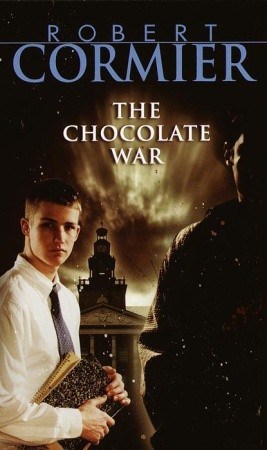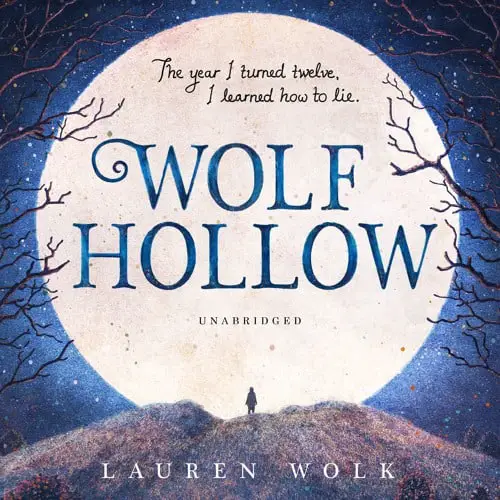-
Bliss by Katherine Mansfield Short Story Analysis
“Bliss” is a short story by Katherine Mansfield and one of Mansfield’s last. “Bliss” is offered as an example of a ‘lyrical’ short story. From a writing point of view, “Bliss” is interesting for its struggle scene, in which the main character experiences purely positive emotions rather than the negative charge which normally goes hand-in-hand…
-
The Fly by Katherine Mansfield Short Story Analysis
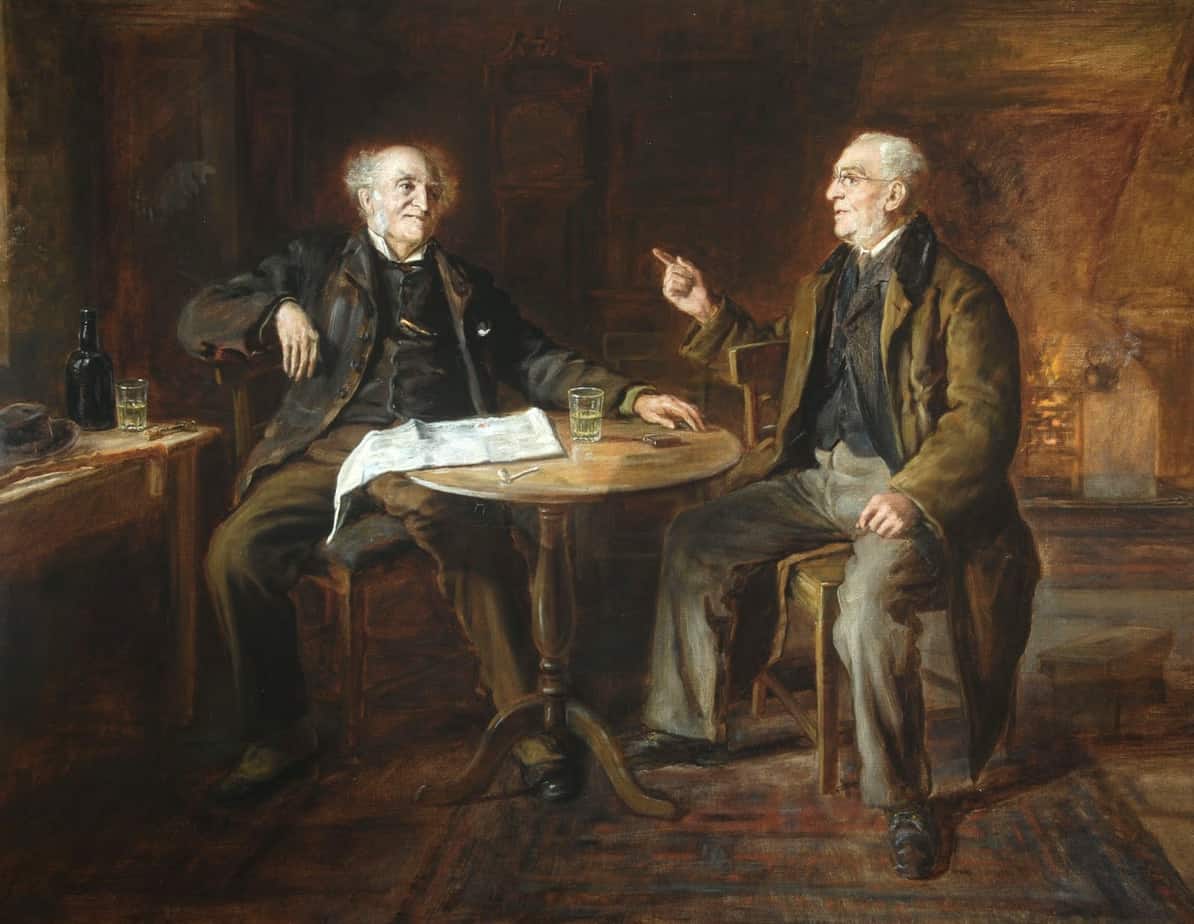
“The Fly” is a short story by Katherine Mansfield, published 1922. CONNECTION TO MANSFIELD’S OWN LIFE Mansfield wrote “The Fly” in February 1922 as she was finding her tuberculosis treatment debilitating. She died in January of 1923, soon after its publication. Thirty-four seems young to be contemplating old age, and to write about an elderly…
-
What is a ‘strong verb’?

In high school English we were taught to use ‘strong verbs’ and ‘specific nouns’. Today I’d like to say about more about those strong verbs.
-
Ghost Stories Are Not About Ghosts
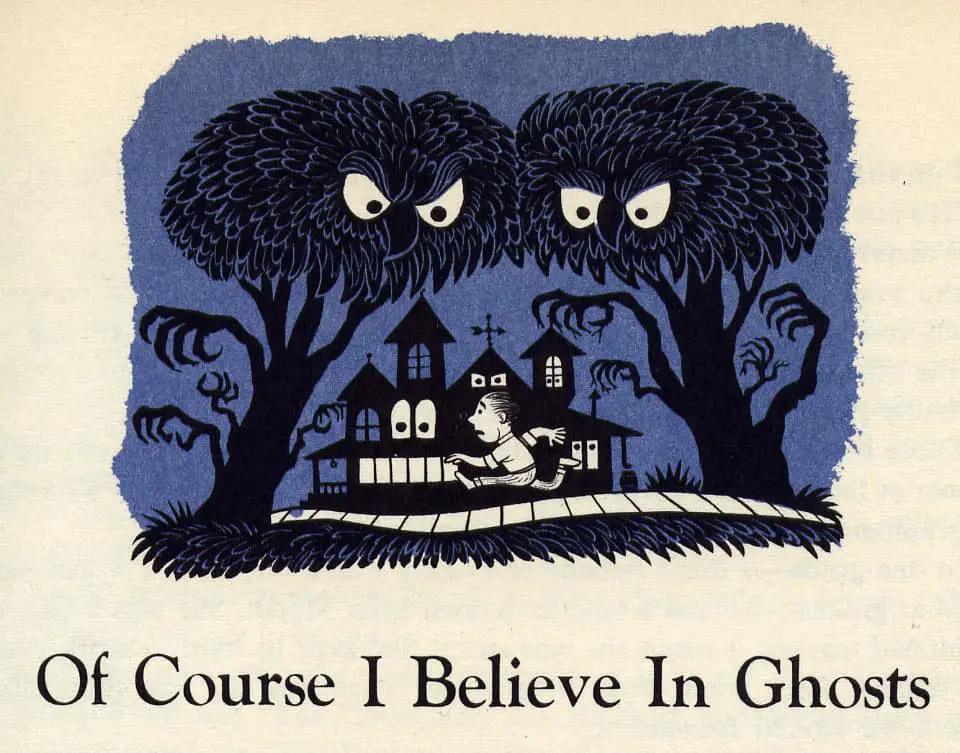
What’s the point of ghost stories? A really good and scary ghost story focuses me. It pulls me from my ordinary, self-focused fears and connects me with something older and more mysterious. Claire Cronin at Rumpus The ghost story was designed for the short form. It emerged a long time ago, from folklore and oral…
-
King Bait by Keri Hulme Short Story Analysis
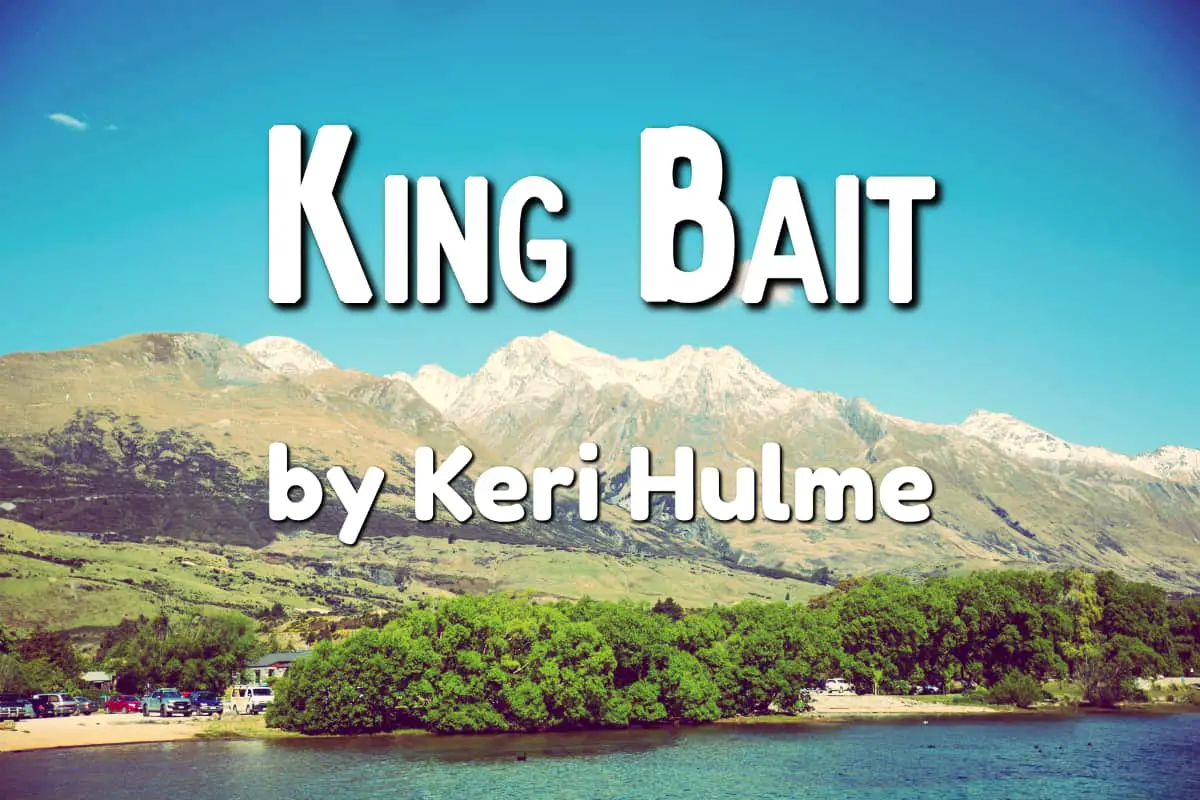
“King Bait” is a short story by Keri Hulme, author of The Bone People, which won the Booker Prize. The setting is a magical realist New Zealand.
-
Runaway by Alice Munro Short Story Short Story Analysis
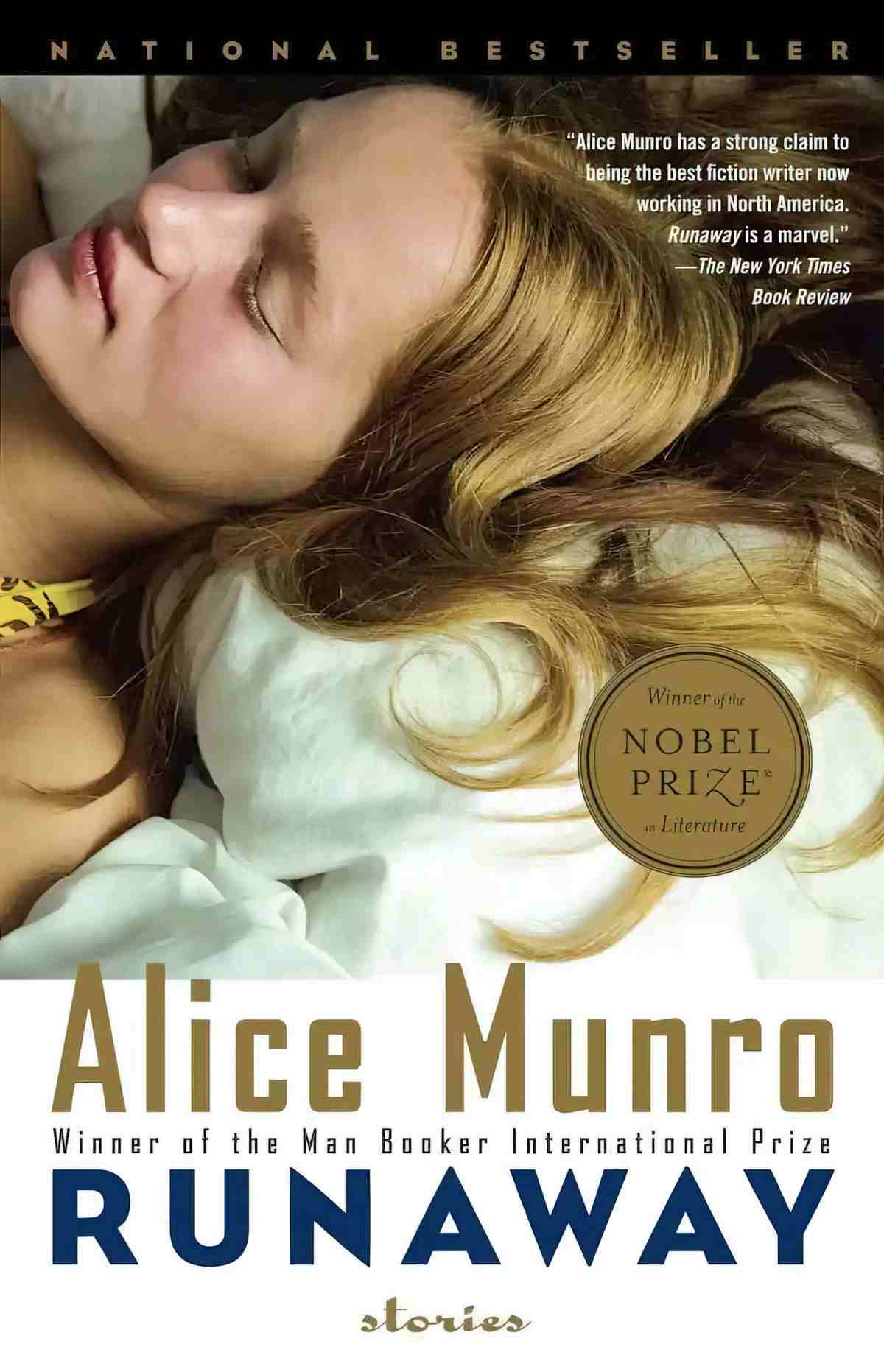
“Runaway” is the first short story of Alice Munro’s 2004 collection. It was also published in The New Yorker, where you can read it online. “Runaway” makes for a great mentor text for the following reasons: Nuance of human motivations. The desire is at the ‘complex’ end of the spectrum — our main character doesn’t…
-
Transmogrification In Storytelling
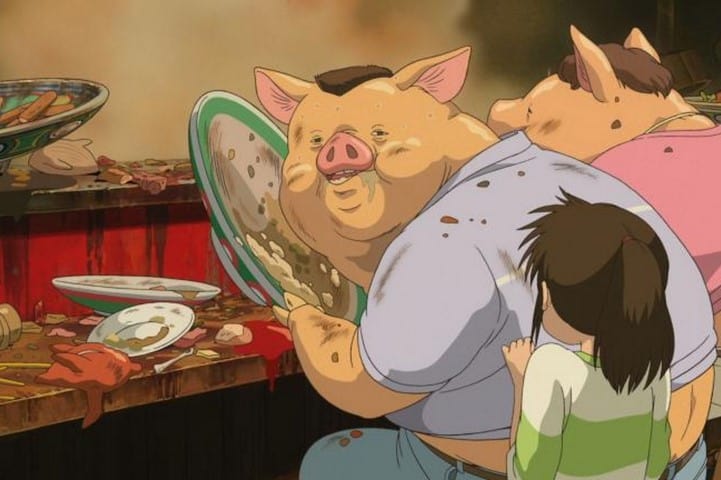
Transmogrification in storytelling has a long history. Today it can be seen across different types of story in many permutations.
-
How can setting be a character?
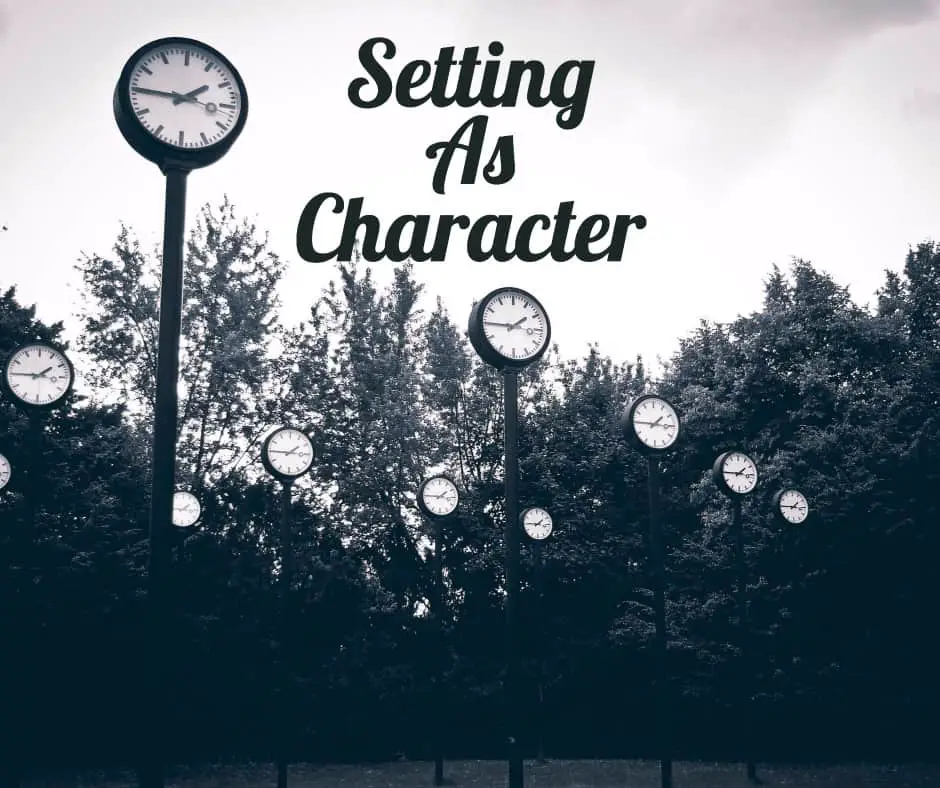
When asked to write something about setting, for an essay or an exam, what exactly are we being asked to describe? When I was in high school my English teachers advised us all against writing the exam essay on setting. So I did. But I wouldn’t advise the same thing. Setting essays provide plenty of…
-
Definition of Anagnorisis and Other Similar Words
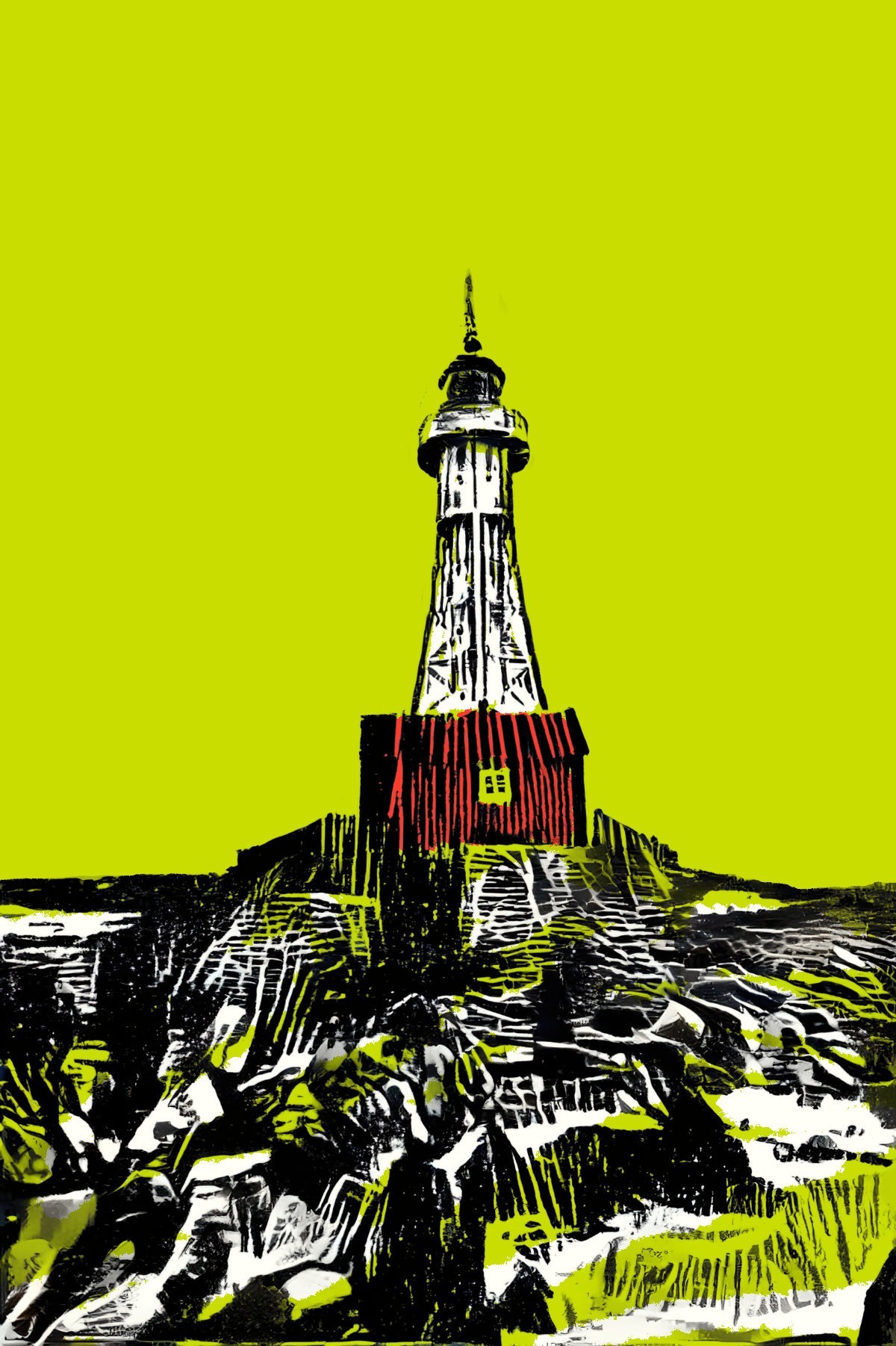
Anagnorisis is a moment in a work of fiction when a character makes a critical discovery. Even for plotters rather than pantsers, this is the part of writing that often emerges in the process of storycrafting.
-
The Lottery by Shirley Jackson Short Story Analysis
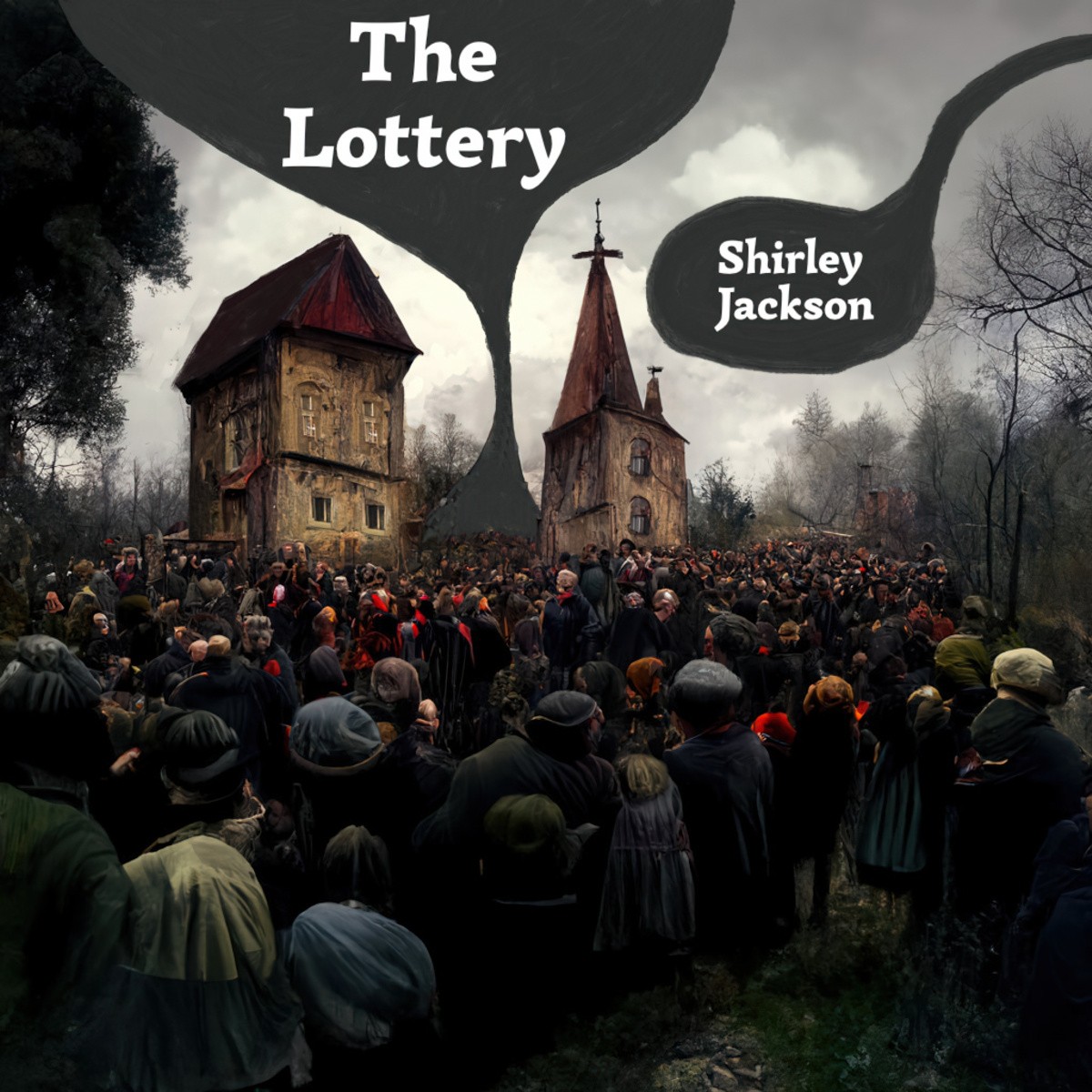
“The Lottery” by Shirley Jackson (1948) was first published in The New Yorker and remains the most controversial story The New Yorker has ever run. The magazine was bombarded with vitriol and many cancelled subscriptions. Some readers were angry because this story ruined their day.
-
Dog Days by Jeff Kinney Middle Grade Novel Analysis
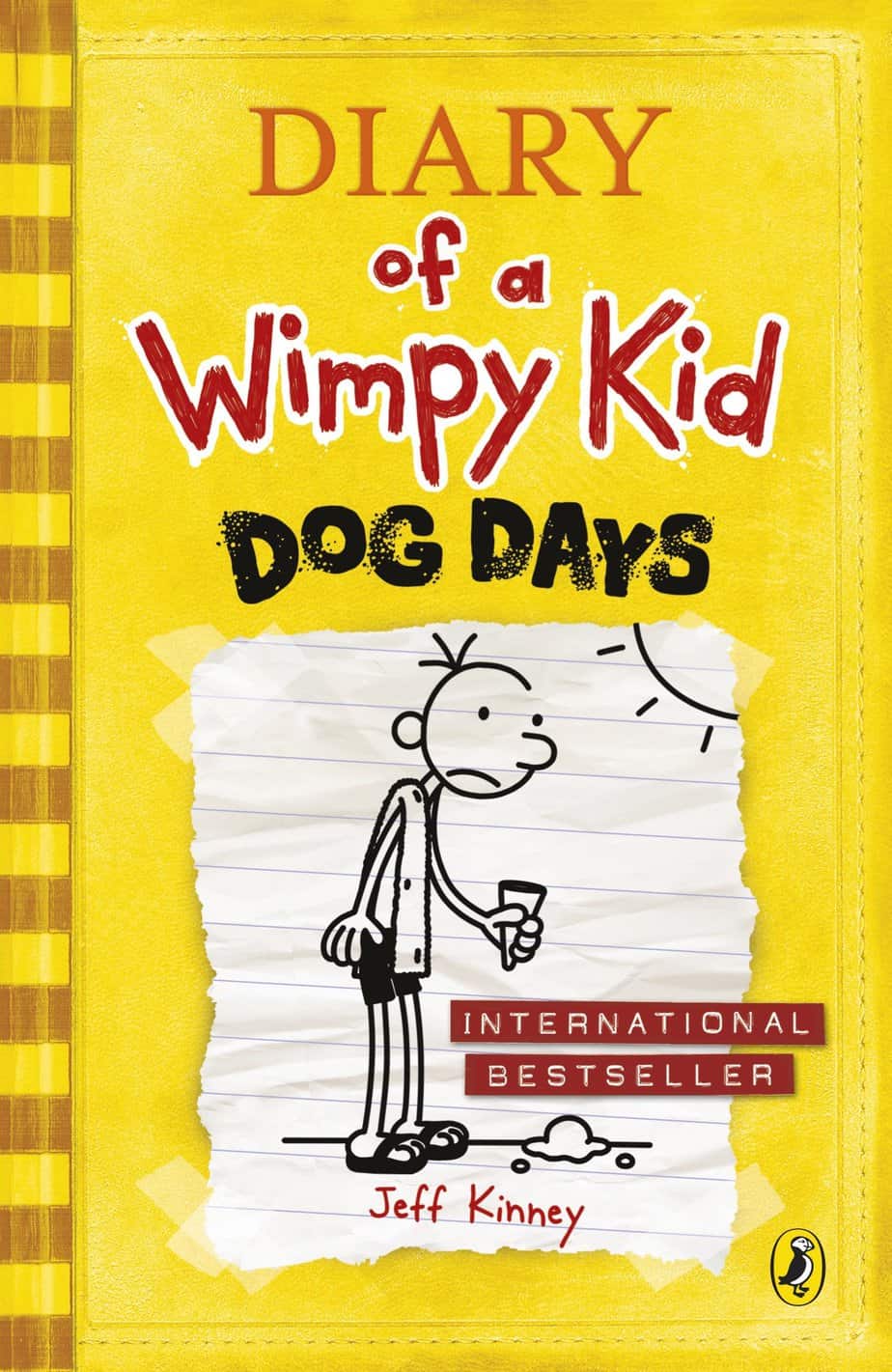
Some have said that the Diary of a Wimpy Kid books have no plot, including Jeff Kinney himself. Is this really true? If so, the perennially popular Wimpy Kid series defies a ‘law’ of storytelling — a first of its kind. Yesterday I read another book from the Wimpy Kid series and decided Dog Days…
-
Neo-Regionalism And Realism In Literature
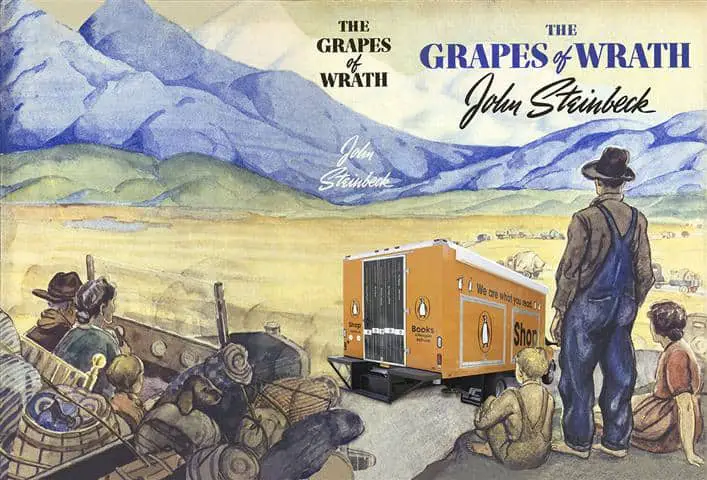
Regionalism is a largely American term which refers to texts that concentrate heavily on specific, unique features of a certain region including dialect, customs, tradition, topography, history, and characters.
-
Westerns, Anti-Westerns and Neo-Westerns
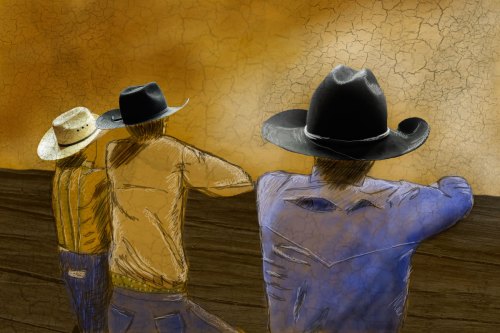
Western is a genre set primarily in the latter half of the 19th and early 20th century in the Western United States, the “Old West”. Before WW2, these stories were a celebration of American expansionism.
